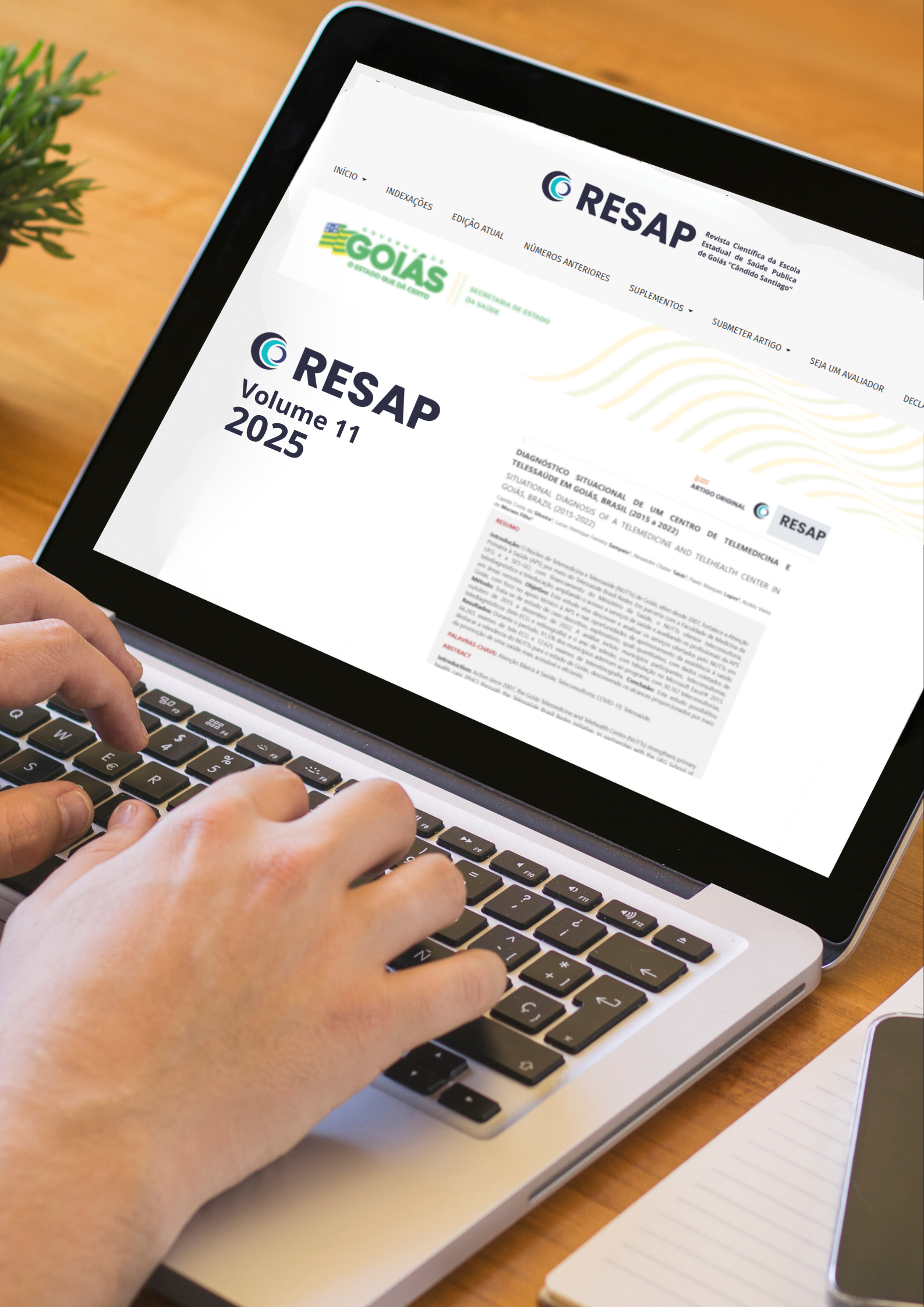Abstract
Introduction: Clustered Regularly Interspaced Short Palindromic Repeats (CRISPR) is a gene editing technique that makes it possible to modify genetic material in living organisms. This technology is based on a natural phenomenon that occurs in some species of bacteria. Objective: The objective of this work was to study and verify in the bibliographies already written, the purposes, applications and mechanism of action of the CRISPR system, taking into account its ethical dilemmas. Methodology: To carry out this work, planning wasa priority, making it aligned with the research, screening and content analysis stages. The most relevant studies were analyzed - published in English and Portuguese - based on the inclusion: full article availability and articles published in the year 2023, criteria and using the PubMed database as a reference, as well as the key words: DNA repair, DNA editing and CRISPR. As exclusion criterion: articles that strayed from the theme. Justification and Results: Research on the subject arises from the need for a complete review that can encompass CRISPR technology and its relationship with other areas, advantages, disadvantages and ethical aspects. During the preparation of this review, questions arose about the feasibility of using the current DNA editing technique, CRISPR. Data analysis allows us to conclude that this technology still has a long way to go before its application in human beings. This happens because there are several ethical dilemmas that hinder the progress of this scientific methodist. Conclusion: Therefore, this systematic literature review serves its purpose because it analyzes the content of articles on a topic, taking into account the importance of the criteria and generates content for scientific databases without observation bias.

